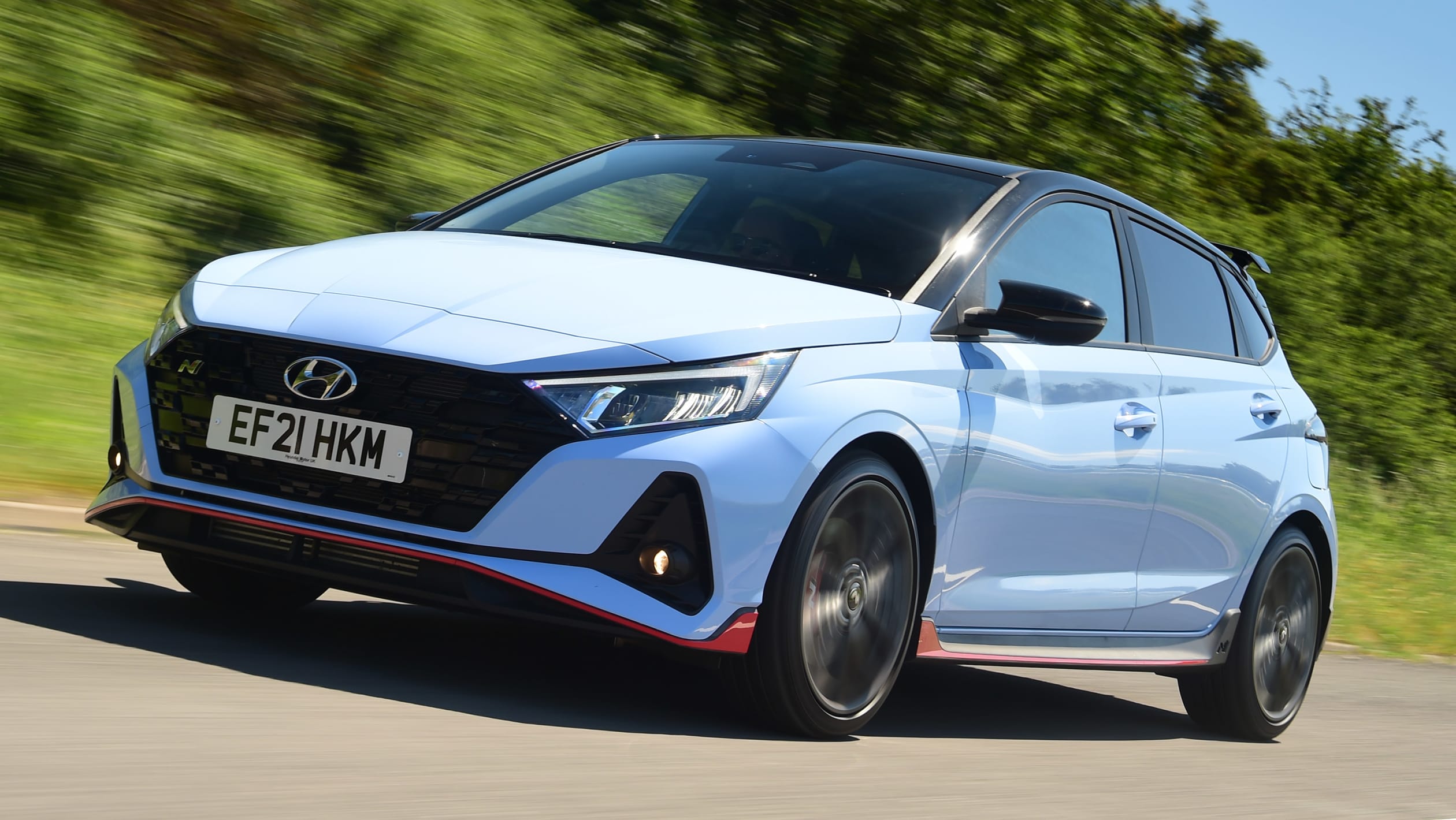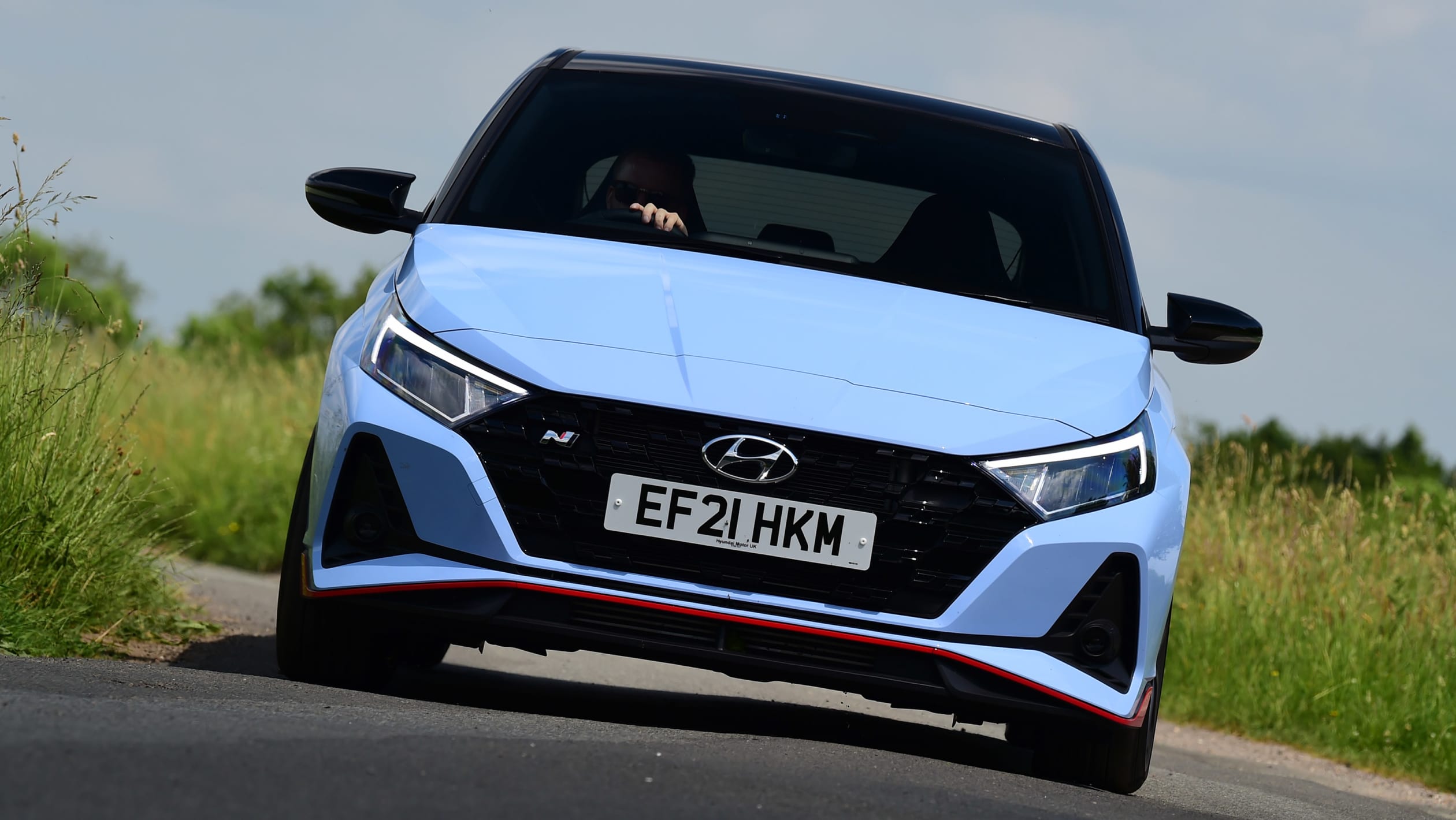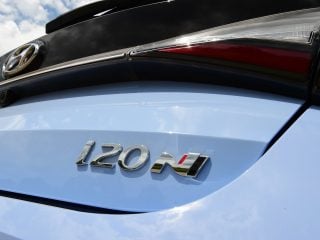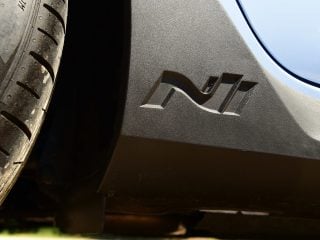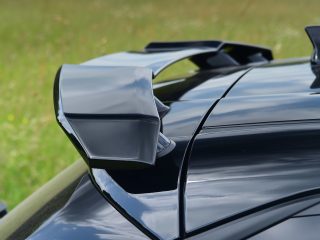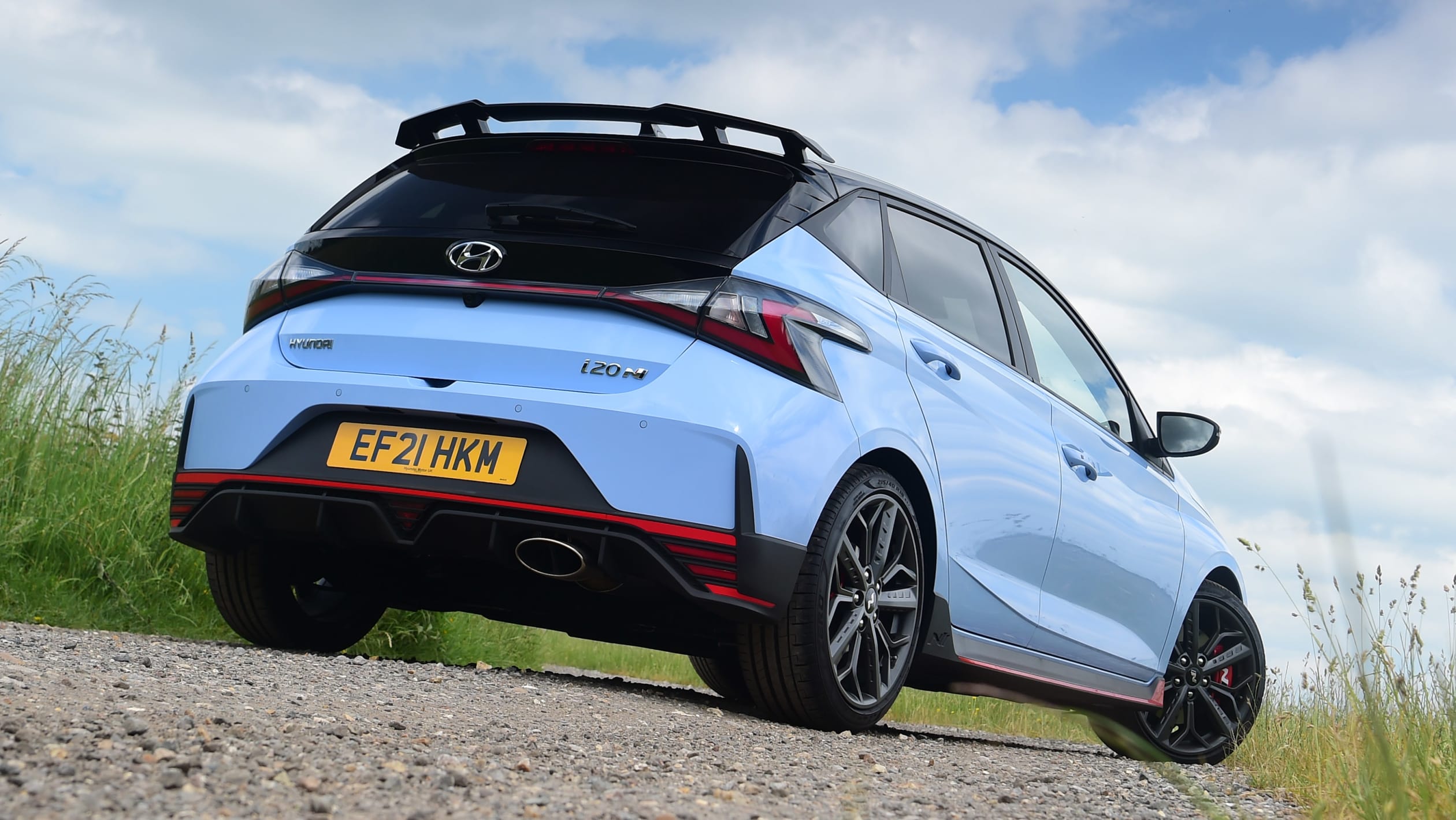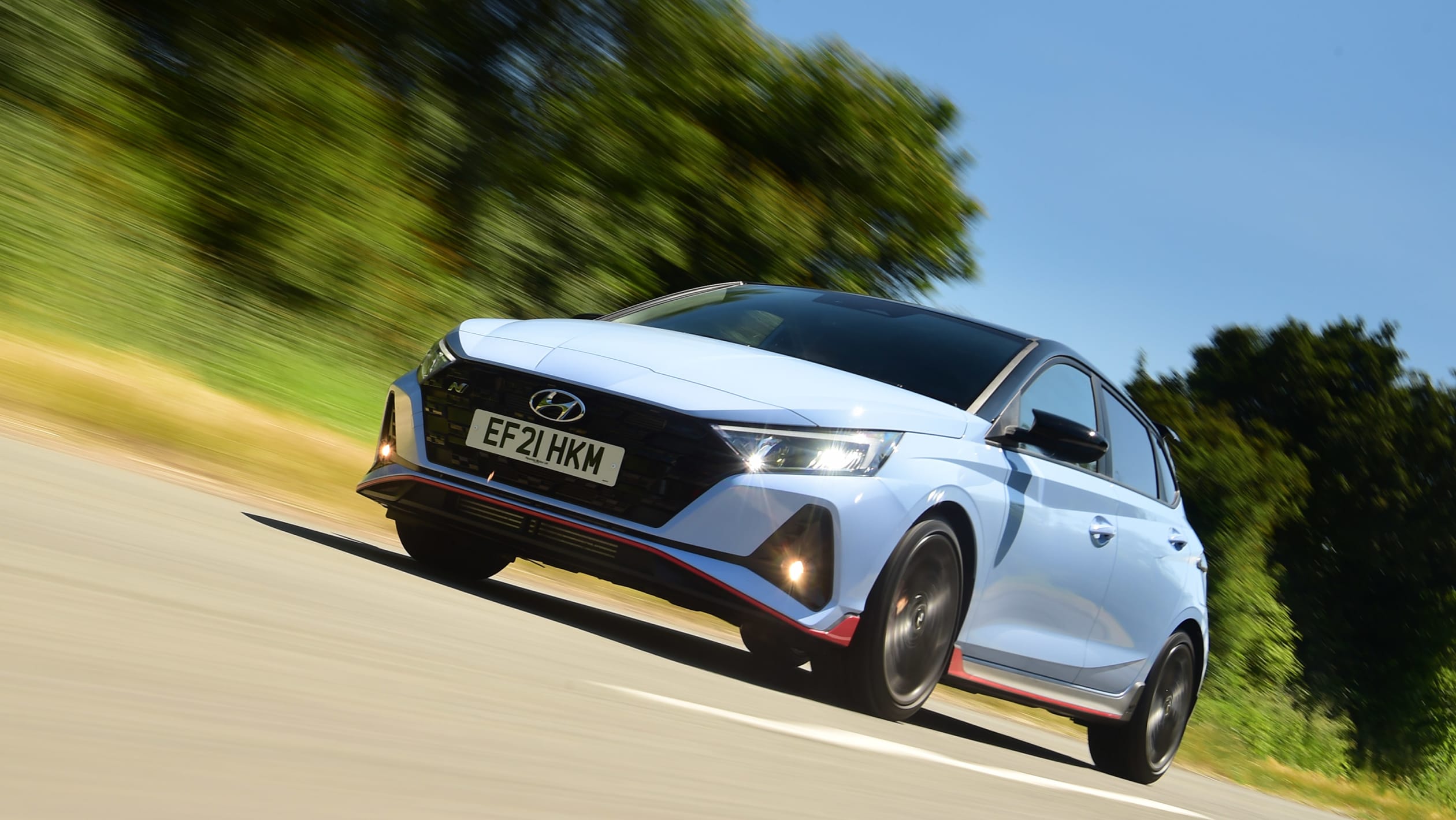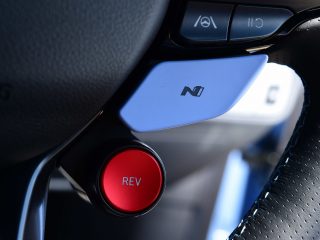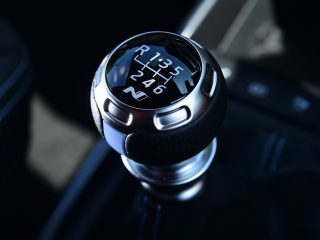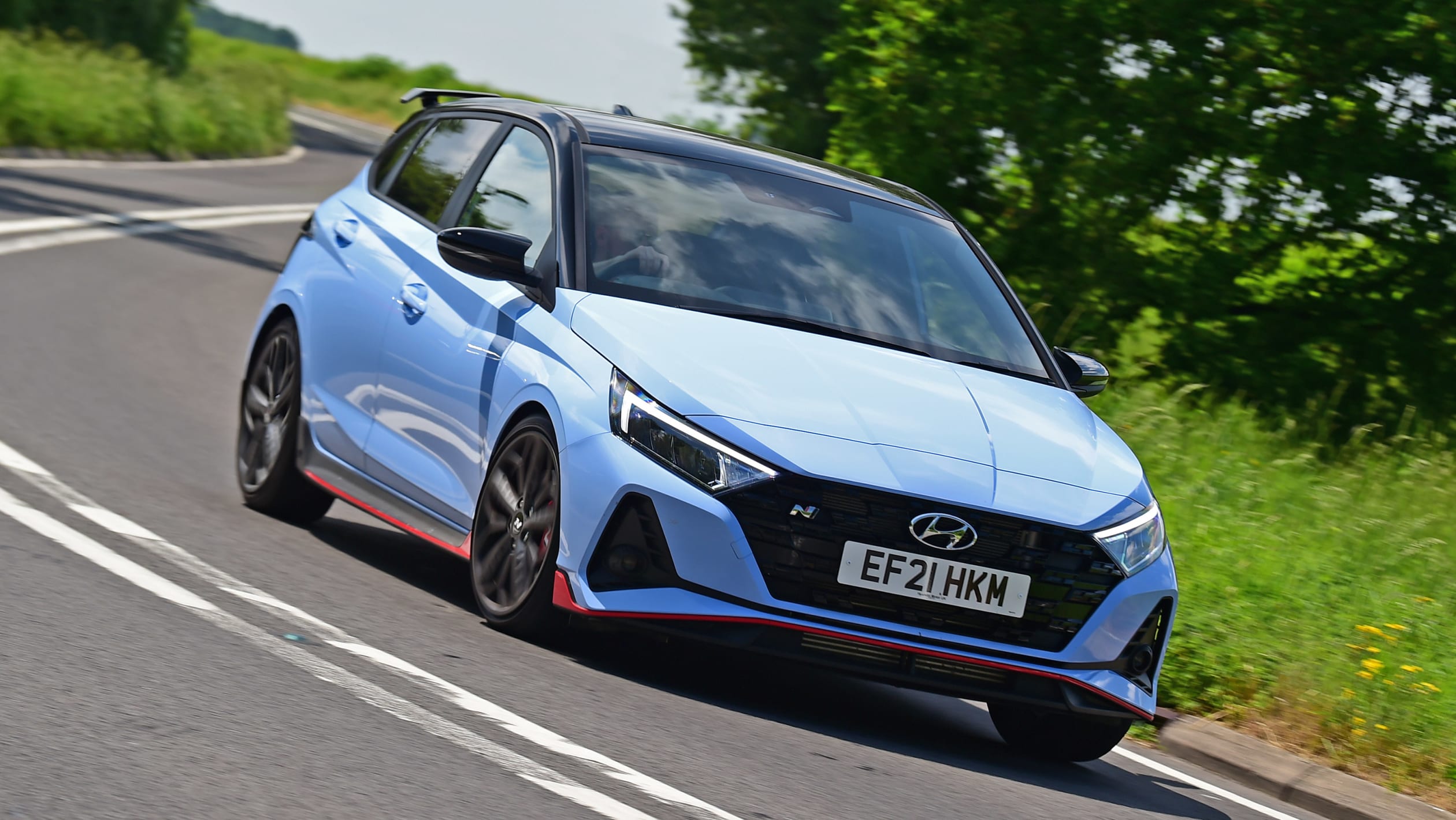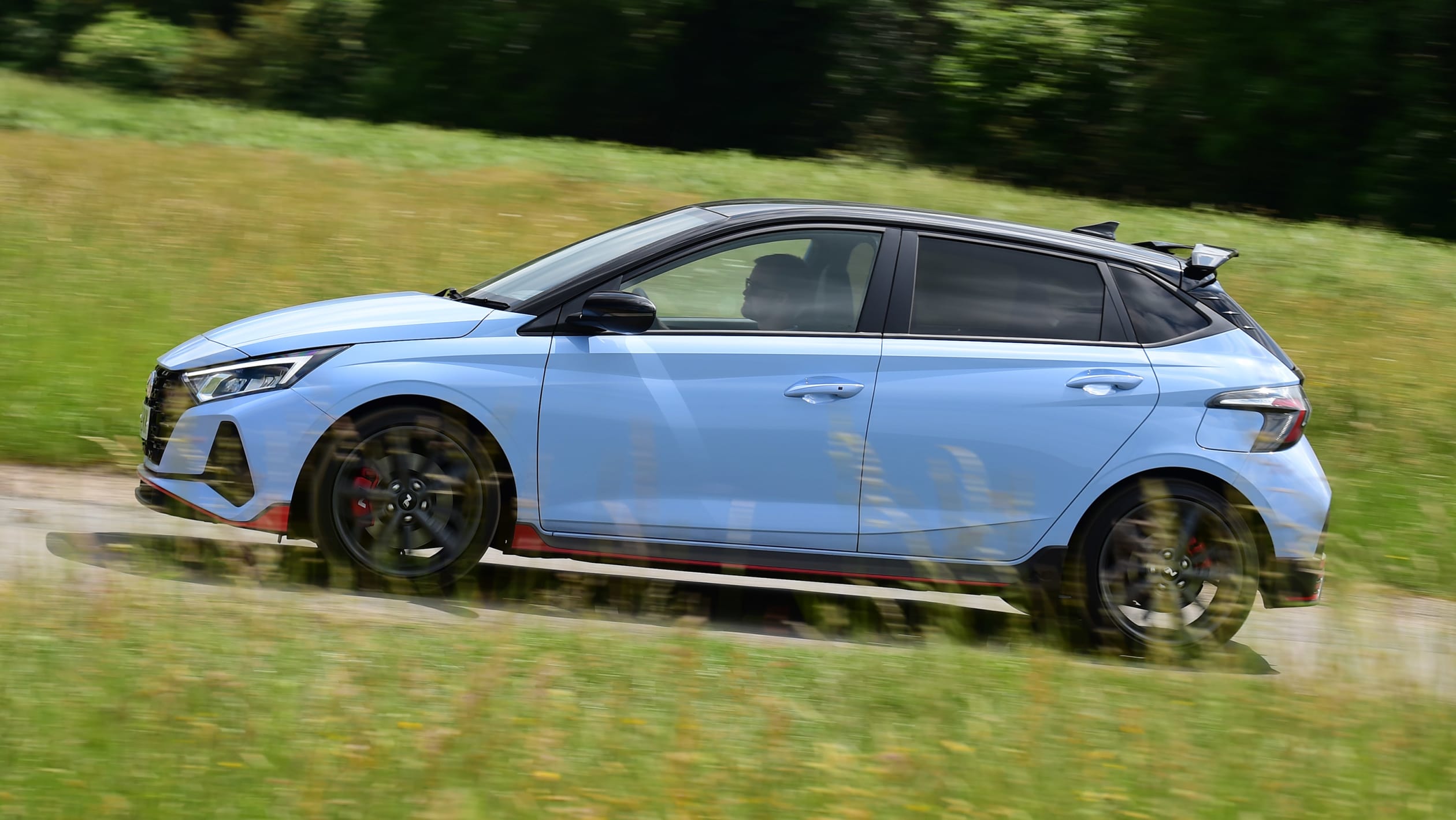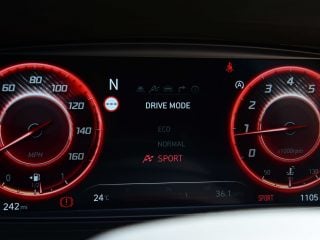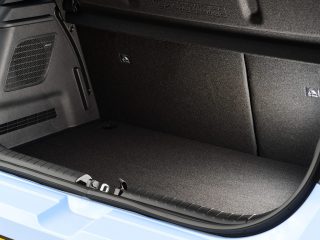Hyundai’s all-new i20 N takes the fight to the Ford Fiesta ST and VW Polo GTI – here’s the first drive review of a production model before it launches in Australia.
The i20 N is Hyundai’s follow-up act to the scorching i30 N hot hatch that stole headlines when it launched back in 2017. The difficult second album for the Korean firm’s N sub-brand, maybe? Think again, because Hyundai’s hot division has taken the learnings from its first project and applied them to its souped-up supermini to great effect.
Hyundai Australia expects the model to launch Q3 2021 but we know buyers are busting to know how the production version goes, so here is our first drive review ahead of the local launch.
The Hyundai i20 N is a sophisticated, small, hardcore machine, and it’s the details that make it, so let’s take a quick re-cap.
The i20 N is powered by a 1.6-litre four-cylinder turbocharged engine that produces 150kW and 275Nm of torque – figures that put it right in the firing line of the Ford Fiesta ST.
That car has had this class sewn up for years, but with the arrival of the i20 N there’s now a genuine alternative to the ST. That’s mainly because Hyundai’s offering is sporting plenty of clever powertrain and chassis technology.
The motor is mated to a six-speed manual transmission, with a rev matching downshift function, sending power to the front axle. A mechanical limited-slip differential helps traction, and with the assistance of launch control it means the N will sprint from 0-100kph in 6.7 seconds and rocket on to a top speed of 230kph.
The clutch and transmission have been beefed up, while the chassis has been suitably upgraded, too. The N’s suspension set-up features new, reinforced knuckles at the front and a revised torsion beam at the rear to cope with the higher grip and loads the chassis can generate. The body has been reinforced at 12 different points and features more bracing, while there are new springs and dampers. The suspension geometry is different as a result, with more negative camber.
The high-performance brake set-up boasts 320mm discs at the front, 40mm larger than a standard i20, yet despite all of this extra hardware Hyundai has packed into the i20’s compact body, the N only weighs 1190kg. That’s the same weight as the brand’s i20 WRC challenger, claims Hyundai, which you have to admit is a nice synergy.
The car’s styling is a big link to Hyundai’s rallying operation as well. The deep front grille is functional, but certainly looks the part in conjunction with a jutting chin spoiler, tarmac hugging side skirts and a more aggressive rear bumper that houses the big single exhaust. There’s also a prominent spoiler and a set of 18-inch alloys to finish the look.
The element that pulls the package together is Hyundai’s “N Grin Control System” – cheesy name, but it’s where you can toggle through the different modes for the engine, steering, sound and ESC system, saving your preference to one of the two paddles on the steering wheel.
There are fewer features to adjust than in the i30 N, but it’s also a simpler interface. There may be a few tweaks to this element for right-hand-drive cars, but our left-hand drive German model is representative of the package; dynamically, we’re told it’s done.
You really need the i20 in N mode for it to come alive. That big bore exhaust emits a bassy, flatulent four-cylinder note at idle that has real presence. As the revs climb so does the exhaust’s bark – it’s just a touch droney, but it gives the i20 N a hardcore character, woofling and gargling aggressively when you lift off.
The exhaust note is preferable to the artificially generated sound that’s piped into the cabin though. The i20 N doesn’t need this fake soundtrack for its tenacious character to shine through.
Instead, that comes from the engine’s delivery and the chassis. The 1.6-litre unit’s maximum 275Nm is delivered between 1750 and 4500rpm, so while the boost doesn’t arrive in a great surge, the level of flexibility it brings is welcome.
It’s effective, rather than an all-time great engine. It never feels like it’s really lugging hard, but at least there are no steps in its delivery, which means you don’t have to trouble the manual ‘box all that much. But it’s not too bad if you do wring the engine out, as the shift is light and precise enough; it doesn’t particularly enhance the package, but it doesn’t detract from it either.
It feels like the chassis could handle even more from the motor though. There is a fantastic level of grip on offer for a little car, which means that thanks to the i20 N’s strong front axle you can really bury the front end into corners. The bespoke Pirelli P-Zero tyres play a big part in that.
The steering is fairly mute though, which is a real shame. Instead, it’s the chassis that plays the role as communicator, offering messages as to how much grip there is at each end of the car.
There’s a left-foot braking function for keen track drivers, but everyone can enjoy the limited-slip diff, whose effect is just aggressive enough to tighten the car’s line and sharpen up the front axle’s response as you get on the power. There is some torque steer on cambered roads as a result, but this at least adds to the car’s character, something that is lacking from all too many performance models these days.
The brake pedal is firm and you can lean on the brakes because the car still feels stable and planted. However, the real surprise with the i20 N is that it seems Hyundai has learned and responded to criticism of the i30 N, this car’s frenetic and ultra-firm big brother. There’s a level of compliance at the top of the suspension travel in this model that makes it a much nicer car to drive quickly – and to live with.
You feel the extra rigidity in the structure providing a more stable platform for the suspension bolted to it, so it’s troubled less by bumps on B roads than you might imagine; it doesn’t feel immediately stiff and unyielding. But hit those same bumps at a faster pace, forcing the suspension to work harder, and it highlights that there’s no lack of body control in the i20 N.
After an initial compliant edge, the control and poise comes, which ultimately instils confidence. In a small sporty car like the i20 N, this is a really welcome attribute. The comfort the chassis set-up offers means it’s the most civilised car in its class when you don’t want to or can’t use the performance.
The standard 10.25-inch digital dash is great, as is the touchscreen infotainment set-up of the same size. The N-specific items are well integrated, while the rest of the tech works as well as in any other i20. And you get lots of it, because along with nav, Android Auto and Apple CarPlay, wireless phone charging, a reversing camera with parking sensors, climate and cruise control are all standard.
Safety kit is solid too, as AEB with pedestrian and cyclist detection, lane departure warning and lane keep assist, lane follow assist, blind spot warning and rear cross traffic alert feature.
It’s just a shame that some of the materials inside are still far from the quality we’d expect, especially on the dash fascia, just like with the standard i20. The deep exhaust note caused a few trim buzzes and rattles in our test car too, although we’re sure these will be eradicated when right-hand drive production models land.
At 352 litres the boot is the same size as in the regular i20, and because the N is available as a five-door only, access to the rear is easy – plus there’s enough space once you’re sat there. The front bucket seats could grab your body a little tighter, but they’re not bad and don’t eat into the room inside much.
Efficiency is yet to be confirmed, but we’d expect claimed fuel economy in the region of 7L per 100km.
Pricing has been announced now and is $32,490 plus on-roads, a shade over the Ford Fiesta ST.
Overall, i20 N is a small car with a big personality that’s recognisably a product of Hyundai’s N division – the performance sub-brand that’s carving out an MO all of its own, which we applaud. However, while the i20 N’s chassis serves up the level of aggression and ability that we want from a hardcore little hatchback, the engine’s character doesn’t quite match it.
The i20’s practicality, equipment, tech, and proposed price mean that there’s plenty on offer here in what feels like an accomplished package.




